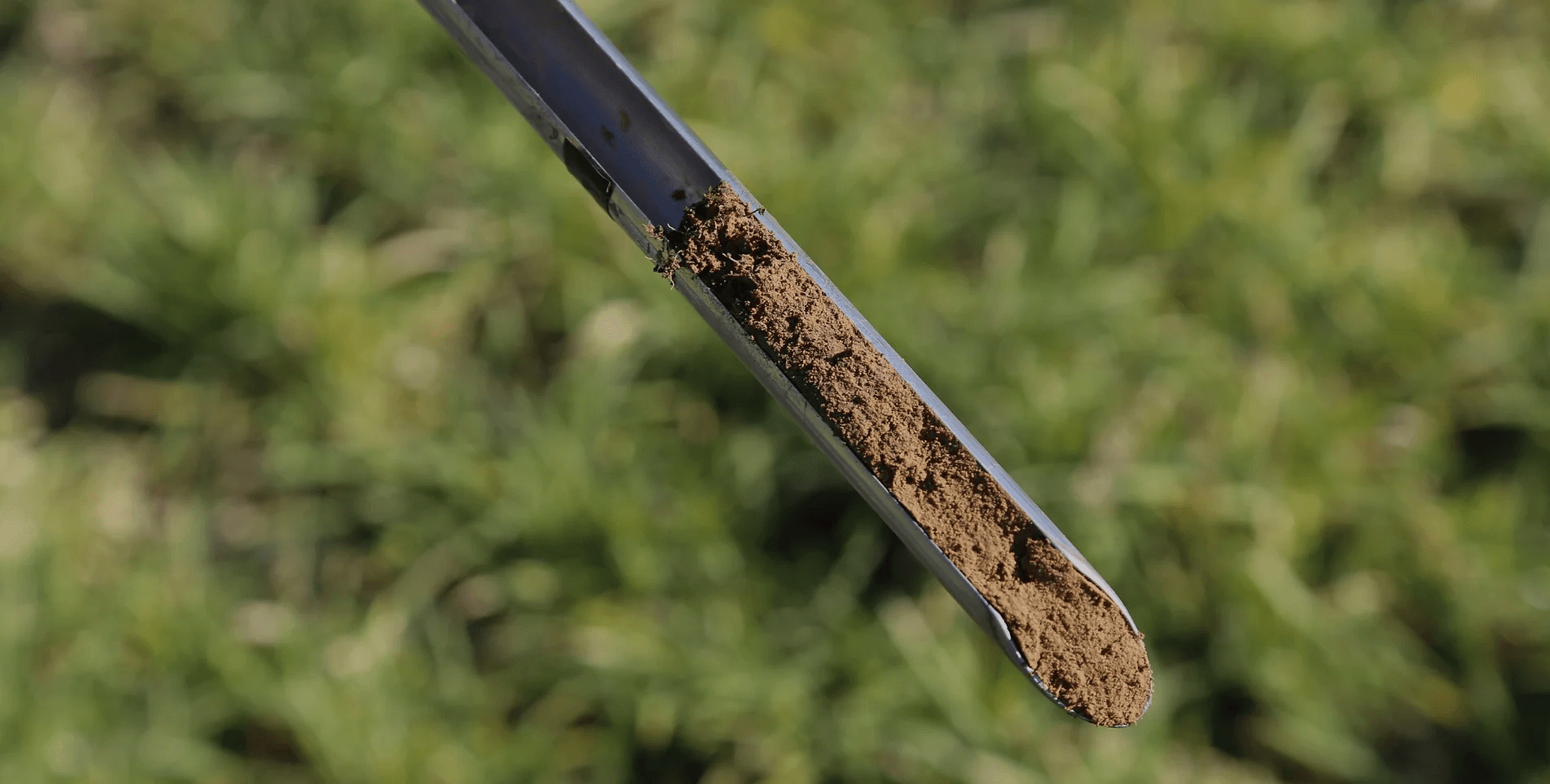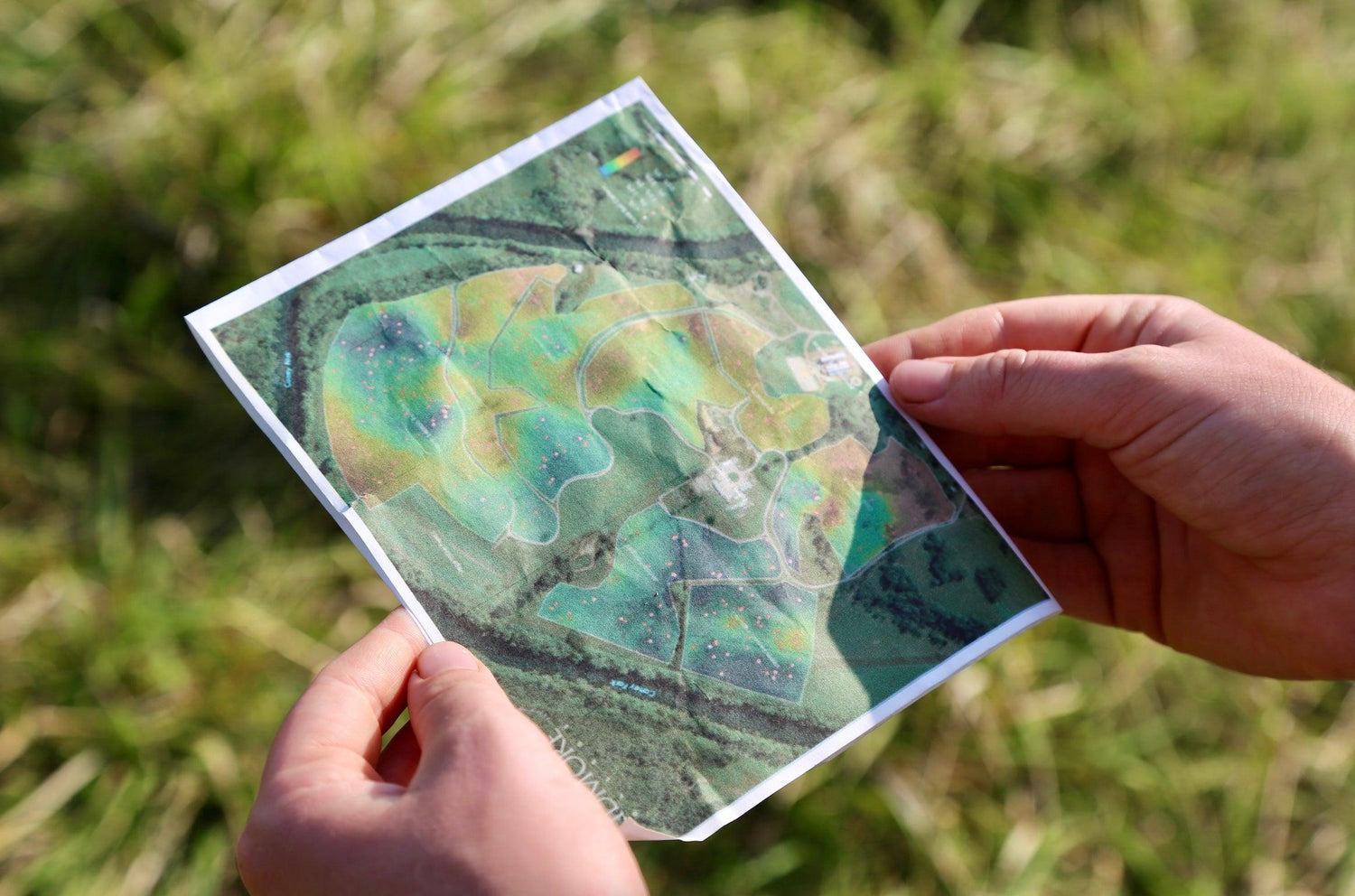Ongoing Study Highlight



Optimizing Soil Sampling Design
Project Lead: Charlie Bettigole
Summary: As researchers tasked with measuring soil properties – in particular soil carbon – we are constantly asked a number of familiar questions. How many samples should I take on my farm? Where on my farm should I take samples? In our paper “Optimizing Sampling Strategies for Near-Surface Soil Carbon Inventory: One Size Doesn’t Fit All” we seek to address these questions by taking a deep look at soil properties on Caney Fork Farms, among three others. Dr. Covey likes to say, “you never know how many soil samples are enough until you take one too many.” Well, we took quite a few too many (360 total).
With this abundance of samples, we were able to ask the questions: a) at what point did we actually take enough samples to be confident in our estimate of soil carbon concentrations on the farm; and b) which sampling methods (i.e. the pattern of selecting sites for sampling) produced the most accurate results. Through thousands of iterations, we simulated different sampling intensities – asking what happens to our predictive power when we only look at five out of 360 total soil samples, then what happens when we only look at six, seven, and so on. Then we asked, what kind of results do we see when we place those five samples randomly around the farm, or on a regular grid, or use information about slope, vegetation, soil type to produce representative samples.
What we found is that we needed only about 45 samples across all of Caney Fork Farm to capture the variability in soil carbon concentrations. At Caney Fork, the most effective approaches used a sampling technique called Conditioned Latin Hypercube Sampling (cLHS), which produces a stratified random sample based on landscape characteristics. Most importantly to farmers and researchers, we show that there are huge cost penalties (soil sampling is not cheap) associated with choosing the wrong sampling technique. We make recommendations for minimizing sampling costs, while maximizing accuracies.
Save 10% on your first purchase
Never miss our updates about new arrivals and special offers
